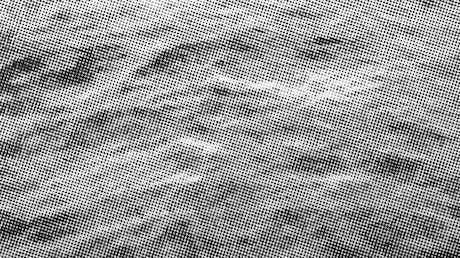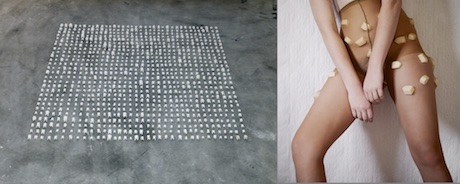Current Exhibitions
6-21 October 2017
Artist Talks: Saturday 21 October 3-5pm
GALLERY ONE
Kendal Heyes
Pilgrims and Strangers
This series is about voyagers on the sea, those who arrive at their intended destination and those who don’t make it, and especially those who are kept on the outside of borders that ideally should be open to them.
Freedom of movement is a basic human right; therefore there should be open borders between states. The principle is that simple. I like to think at some point in the future people will look back and see restrictive national borders as the greatest injustice of this era, equivalent to the restriction of opportunities for peasants in the Middle Ages.*
In the meantime countries like Germany and Canada are at least working humanely in ways that gesture toward a future of open borders, while Australia persists with its harsh treatment of refugees under its secretive offshore detention regime.
These drawings are partly in response to the wilful cruelty of the Australian government in its treatment of refugees. The making of these images one dot at a time is literally an extended meditation on the issue of asylum seekers trying to reach Australia by sea. The dot-image format also highlights the media’s often problematic role in representing refugees.
KH 2017
*For discussion of open borders, see Joseph Carens, The Case for Open Borders, in The Ethics of Immigration, Oxford, 2013, p225, and Rutger Bregman, Beyond the Gates of the Land of Plenty, in Utopia for Realists, Bloomsbury, 2016, p214.
GALLERY TWO
Carolyn Craig
Katelyn Dunn
Caity Reynolds
The Human Version of a Used Car
The failure of subjective conformance is ritualised in the practices of three contemporary female artists who each fear mail with official stamps, corner views, unkempt desire and gambling ratios.
THE CRANNY
Annee Miron
Candy Royalle
Even The Young
Wordsmith, Candy Royalle and visual artist, Annee Miron met as artists-in-residence on Wodi Wodi land of the Yuin nation at Bundanon. Australian red cedar (Toona Ciliata) once extended through rainforests from Southern NSW to Far North Queensland. After 1778 the felling or “getting” of those cedars played a significant part in colonisation. By 1970 it was harvested almost to extinction.
As they waiver, reach, and seek to acknowledge the Australian red cedar tree, Royalle and Miron invite you to participate in their collaboration. Even The Young requires its audience to gather and activate both the words and installation, and our relationship to that past and our future.
DEEP SPACE
Catherine Polcz
Corpus: Part 2
Catherine Polcz, artist, scientist and museologist, presents Corpus: a guide to the human body, a pop-up museum that explores the body, medicine and materiality through the display of historical artifacts, scientific tools and art.
This exhibition examines the body as a concept that merges science, pseudo-science, design and art. The simultaneous exploration of these themes allows us to creatively consider our relationship to our bodies throughout history and in different disciplines within distinct theoretical frameworks. The exhibition presents a multifaceted concept of the human body through the display of sixty unique objects. This is Part 2 of an exhibition that is expanding over a three-month period from September to November.
Images top to bottom: 1. Kendal Heyes, Untitled, 2017, ink on paper, 100 x 150cm. Image courtesy of the artist. 2. Carolyn Craig, Angles of Incidence Panel #3, 2016, etching on folded aluminium, 254.5 x 34cm. Image courtesy of the artist. 3. (LHS) Caity Reynolds, Self Preservation Dental Plan, 2015-16, unfired clay, variable (RHS) Katelyn Jane Dunn, Sponge photograph, 2016, variable. Image courtesy of the artists. 3. Even The Young (detail), 2017, found cardboard, charcoal, and a little PVA glue. Image by Annee Miron 4. Catherine Polcz, Corpus, 2017, digital banner. Courtesy of the artist.




